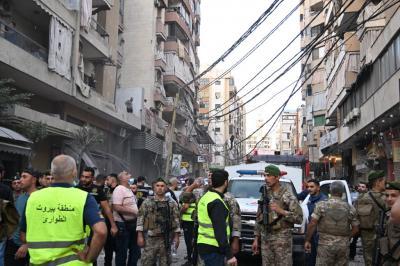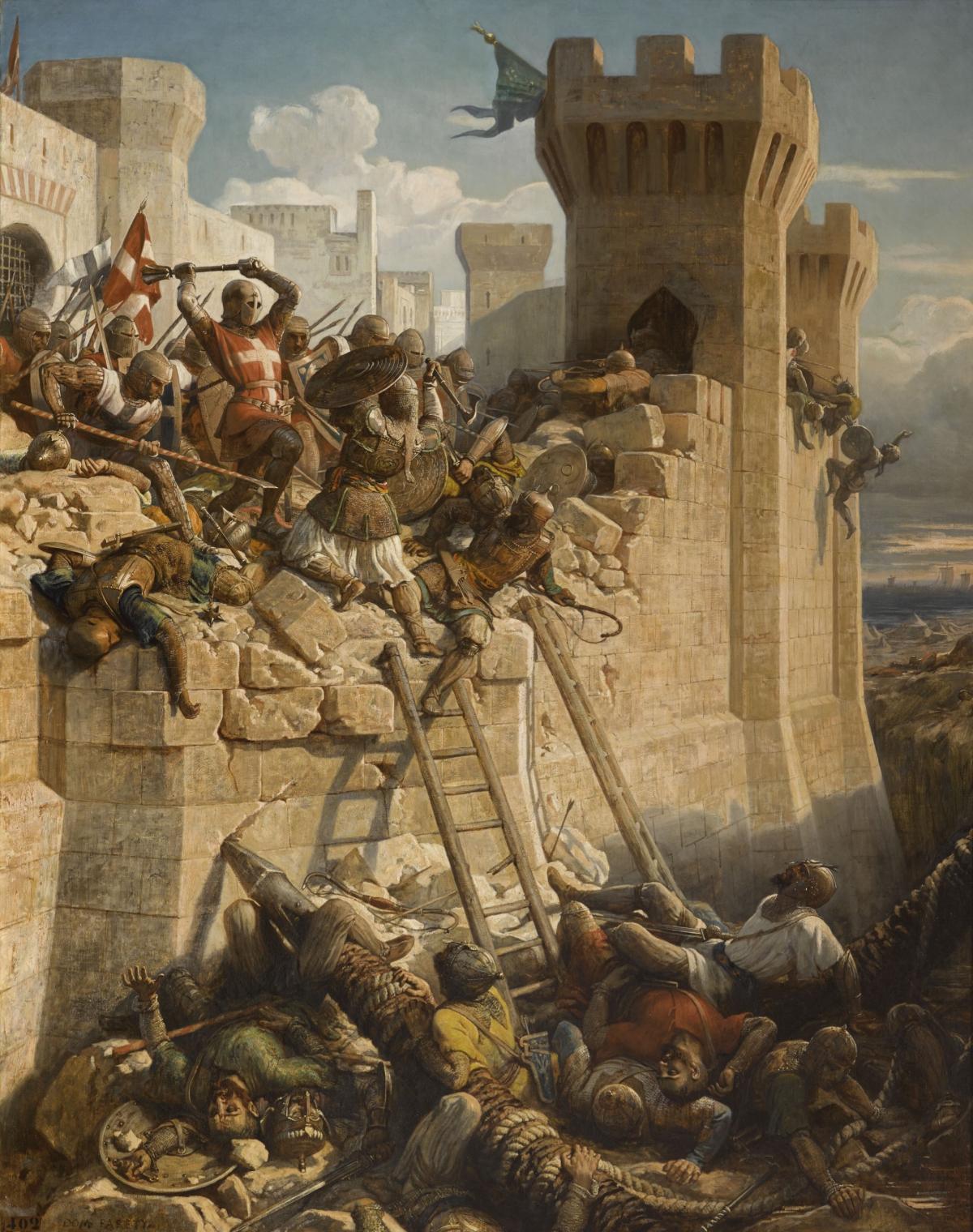Under the Iron and Fire, One of the Oldest Cities in History Has Suffered Countless Tragedies. Bonaparte Made It a Gateway to Defeat the Ottomans.
“The lemon trees, the olive groves, the uneven terrain perfectly represent the landscape of Languedoc. One might think they are on the side of Béziers.” In his letter to General Desaix, dated 9 Ventôse Year VII – February 27, 1799 – Bonaparte describes the region of Gaza in these terms. Master of Egypt, the future emperor left Cairo on February 10, heading towards Syria to confront the Ottoman army.
On the afternoon of February 25, the French arrived in sight of Gaza, defended by 10,000 to 12,000 men and only two pieces of artillery. Bonaparte entrusted the left wing to Kléber, the center to General Louis André Bon, and the right to Murat’s cavalry, supported by Lannes' infantry. Quickly overwhelmed, the Turks soon retreated, protected by Ibrahim Bey’s Mameluks, leaving 200 to 300 dead compared to around sixty of the enemy killed or wounded. The sheiks and ulemas of Gaza hurried to bring the keys to their city, as Bonaparte had made sure to bring decrees from Al-Azhar University to win the favor of the Muslim authorities. The next morning, the officer commanding the fort would surrender, along with his equipment and food supplies.
Situated on a plateau 2 kilometers from the coast, Gaza was then a collection of three modest villages, housing 3,000 to 4,000 souls. The French set up their camps in the orchards surrounding the countryside. In the middle of the night, a violent storm broke out, accompanied by torrential rain, to the point that Bonaparte was forced to move his tents to the heights of Hebron, away from the flooding.
The City of Gaza Has Been the Scene of Countless Tragedies...
After four days of rest, the expeditionary force resumed its march north, leaving Gaza to a sadly brief calm. Indeed, from the dawn of history to the present day, the city has been the site of countless tragedies...
Archaeologists, who have explored the site of Tell Haruba beneath modern Gaza, consider it one of the oldest cities in the world. At the crossroads of the routes between Africa, Arabia, and the Levant, Gaza has always represented a strategic and economic prize for its powerful neighbors.
Its earliest references date back to the mid-15th century BCE, during the reign of Pharaoh Thutmose III. It was then one of the five Philistine principalities mentioned in the Bible. Samson will cause the columns of the temple of the god Dagon to collapse on him there. Persian domination will succeed that of Babylon. In 332 BCE, Alexander the Great incorporated it into his empire. Gaza became a city in the Roman province of Syria, then part of the Byzantine Empire, and finally – apart from the Crusader period – a land of Islam, for better or for worse...
Please post your comments on:
[email protected]
 Politics
Politics














